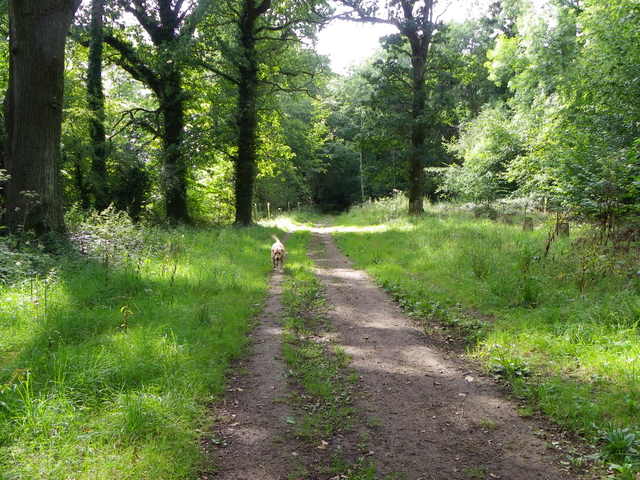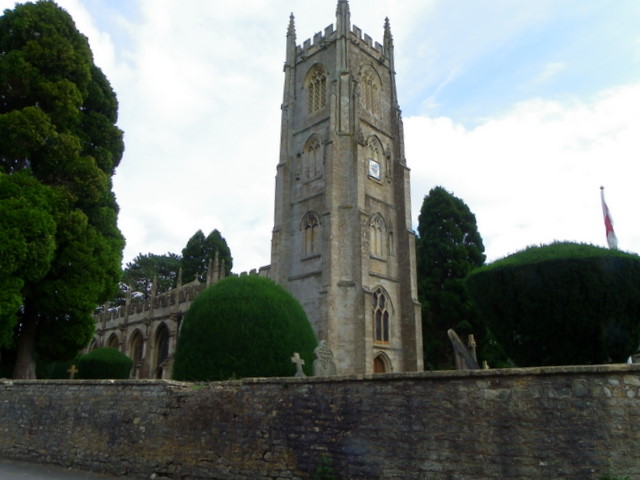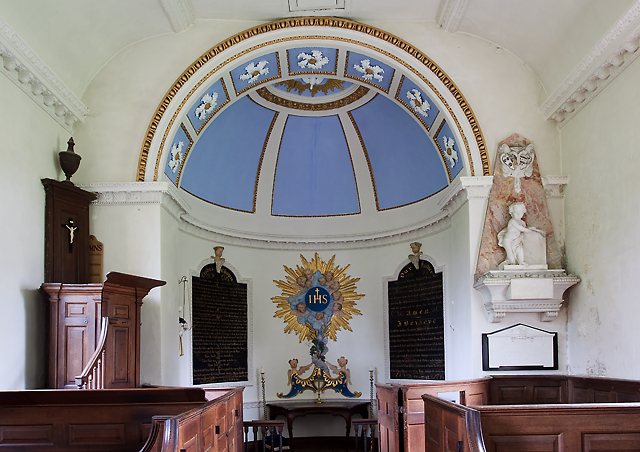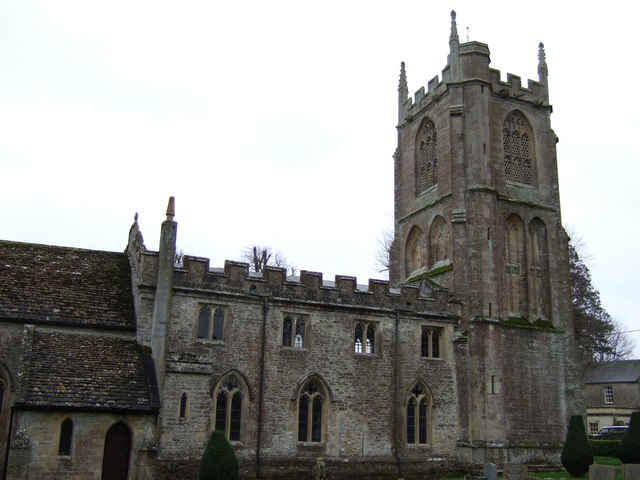Princess Margaret Plantation
Wood, Forest in Somerset Mendip
England
Princess Margaret Plantation

Princess Margaret Plantation, Somerset (Wood, Forest), is a historic and picturesque estate located in the heart of Somerset, England. Spanning over 500 acres, this sprawling plantation is renowned for its breathtaking natural beauty and rich historical significance.
The plantation, established in the 17th century, was originally used for agricultural purposes, particularly the cultivation of tobacco and sugar cane. Over the years, it evolved into a luxurious retreat for the British royal family, with Princess Margaret being the notable owner during the mid-20th century. The estate was named after her and continues to bear her name as a tribute to her legacy.
The landscape of Princess Margaret Plantation is a true haven for nature enthusiasts. It is characterized by dense woodlands, verdant forests, and rolling hills, creating a stunning backdrop for leisurely walks and outdoor activities. The estate is also home to a diverse range of wildlife, including deer, foxes, and various species of birds, making it an ideal spot for birdwatching and wildlife photography.
Visitors to Princess Margaret Plantation can also explore its magnificent gardens, which boast an impressive collection of rare and exotic plants. The meticulously manicured lawns, vibrant flower beds, and serene water features provide a tranquil setting for relaxation and contemplation.
In addition, the plantation offers various recreational facilities such as horse riding trails, tennis courts, and a golf course, catering to the diverse interests of its visitors. There is also a charming café on-site, offering delicious refreshments and traditional English afternoon tea.
Overall, Princess Margaret Plantation, Somerset (Wood, Forest), is a captivating destination that seamlessly blends history, nature, and leisure, providing an unforgettable experience for all who visit.
If you have any feedback on the listing, please let us know in the comments section below.
Princess Margaret Plantation Images
Images are sourced within 2km of 51.271972/-2.4107416 or Grid Reference ST7152. Thanks to Geograph Open Source API. All images are credited.

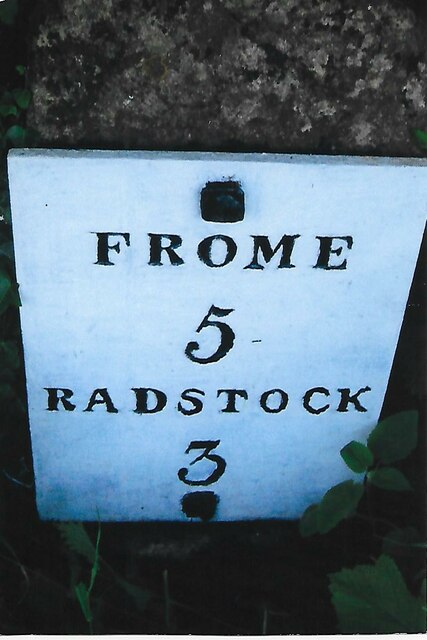




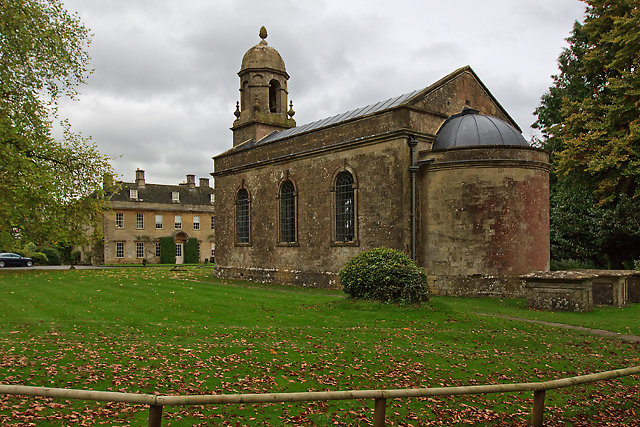

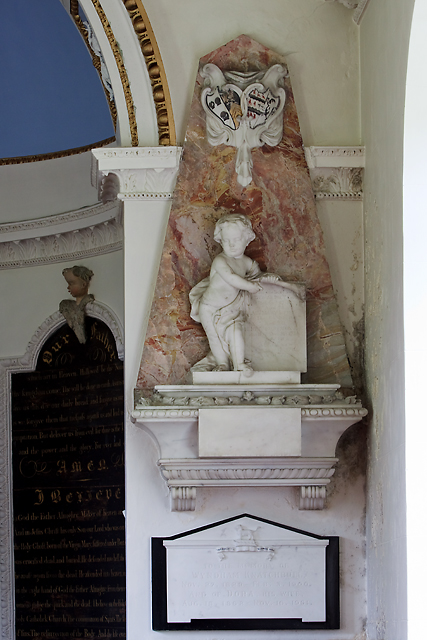
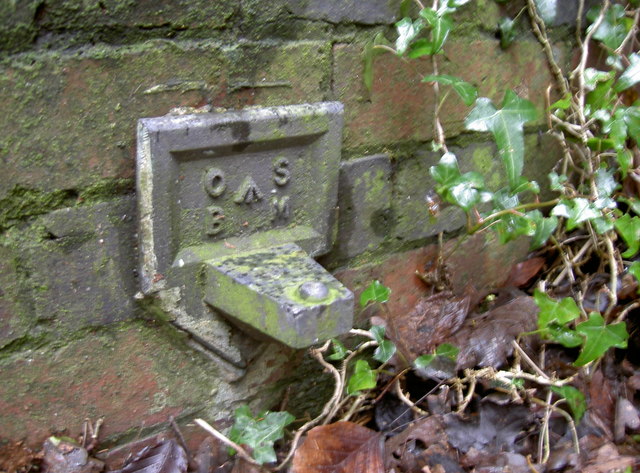
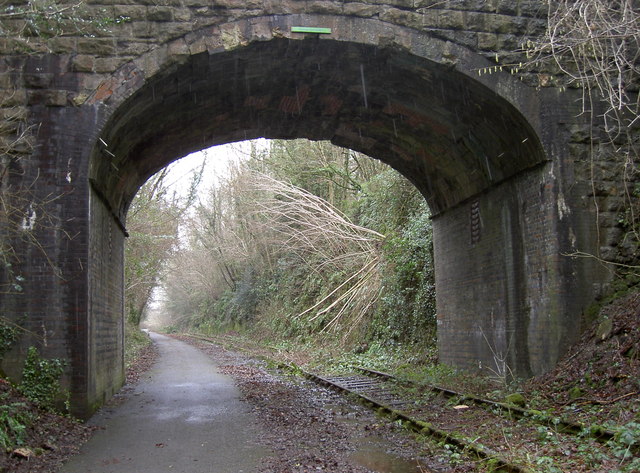
Princess Margaret Plantation is located at Grid Ref: ST7152 (Lat: 51.271972, Lng: -2.4107416)
Administrative County: Somerset
District: Mendip
Police Authority: Avon and Somerset
What 3 Words
///custodian.others.attend. Near Radstock, Somerset
Nearby Locations
Related Wikis
Ammerdown House, Kilmersdon
Ammerdown House in Kilmersdon, Somerset, England, was built in 1788. It has been designated as Grade I listed building.It was built as a country house...
Kingsdown Camp
Kingsdown Camp is an Iron Age hillfort at Buckland Dinham 4.5 kilometres (3 mi) South East of Radstock, Somerset, England. It is a Scheduled Monument.It...
St Mary's Church, Hemington
St. Mary's Hemington is an Anglican church in Hemington, Somerset, England. The Norman church underwent major renovation in the 14th, 15th, 17th and 19th...
Hemington, Somerset
Hemington is a village and civil parish 5.5 miles (8.9 km) north west of Frome, in the Mendip district of Somerset, England. It is located just off the...
Nearby Amenities
Located within 500m of 51.271972,-2.4107416Have you been to Princess Margaret Plantation?
Leave your review of Princess Margaret Plantation below (or comments, questions and feedback).
